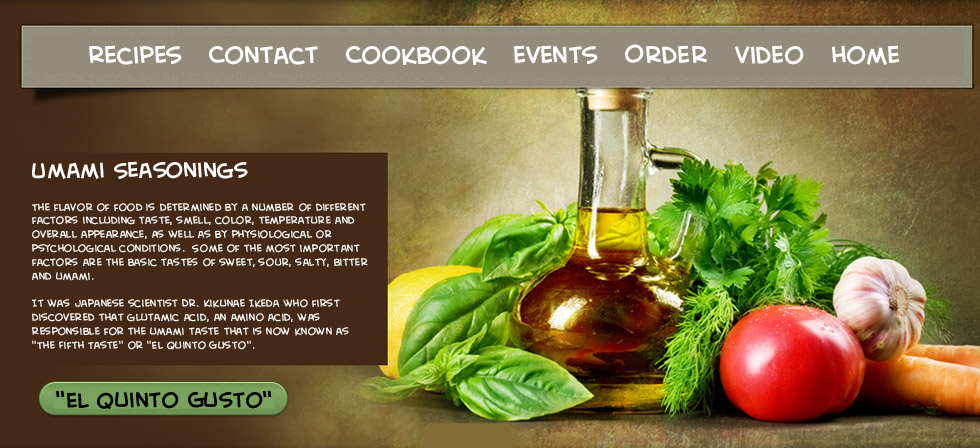

|
Recipe 1 Savory Sautéed
Crab Cakes In a large bowl mix thoroughly
the mayonnaise, shallots, parsley, Add the picked over crab to the binder and mix very gently with your Gently form about one quarter cup crab mixture into a patty shaped Coat each cake in Panko crumbs. If the cake seems not to hold together You should have about a dozen cakes. Place the cakes on a cookie Just before serving, preheat the oven to 375 degrees. Remove the cakes Bake the cakes for 10 to fifteen minutes turning once. Remove the Serve immediately with a spicy mayonnaise sauce or other seafood condiment of your choice.
|
Ingredients: One pound jumbo lump crabmeat, picked over to remove any shells 1/4 cup mayonnaise
|
|
|
|
Recipe 2 Lamb Loin in Puff Pastry Remove the ribs from the lamb loin and trim the remaining fat. Brown the loin on all sides. Remove the loin to a plate, cover Scoop the mushrooms and any juices out of the pan into a Mix the pate and the mushrooms together to form a duxelle With a pastry brush, brush the wash onto the pastry and then When the loin is ready, return to the refrigerator for at least Preheat the oven to 400 degrees. Remove the loin from the Remove the loin from the oven and allow to rest 15 minutes. |
||||
|
Serves 2 A Pinot Noir or Shiraz makes a great companion for the dish. The umami comes from the mushrooms, the pate, the |
||||||
|
Recipe 3 Roasted Asparagus Pre heat the oven to 350 degrees.
Cut the woody tough bottoms Place the stalks in a large mixing bowl and add the olive oil. Put stalks in oven and roast for
5 to 8 minutes, checking Immediately upon removing the stalks from the oven, sprinkle finely grated parmesan cheese to taste over the stalks. If cheese does not melt sufficiently, return to oven briefly to complete the melting. SERVE IMMEDIATELY.
|
4 stalks asparagus per person Asparagus has umamai and the cheese is also a |
|||||
|
|
||||||
|
9 oz Schokinag bittersweet chocolate broken into
pieces
|
Recipe 4 Flourless Chocolate Cake Preheat oven to 300 degrees
Grease a 9 inch springform pan Beat butter in a large bowl with 1/4 cup sugar until mixture is In another bowl, beat the egg whites with the remaining 1/4 cup Pour the mixture into the springform and bake 25 to 30 minutes Allow cake to cool for an hour
Run a knife around the Serve warm sake with the cake for an extra blast of
umami. |
|||||
|
|
||||||
|
||||||